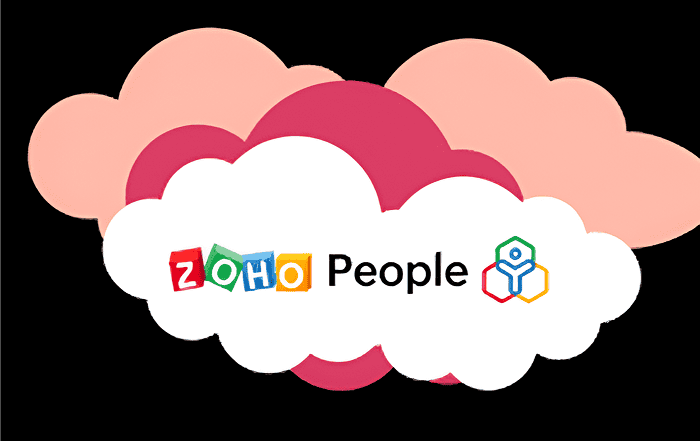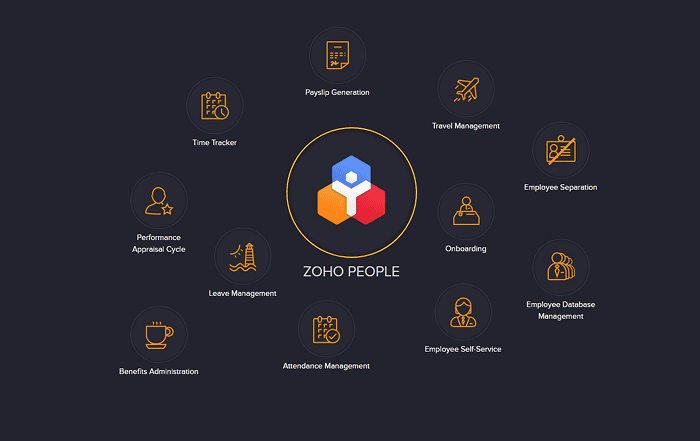
Today, the use of recommendation engines has become a vital component of the e-commerce industry as the number of online businesses continues to grow. AI and machine learning methods and algorithms have naturally been applied to create recommender systems to improve prediction accuracy and tackle data sparsity. The “Other Movies You May Enjoy” section on Netflix and the “People you may know” feature on Instagram are all examples of effective uses of recommendation systems.
This blog provides an explanation of what is recommendation engine and how it works to produce recommendations.
What is AI recommendation System and how it is used?
To figure out what an AI Recommendation System is, we should know that a recommendation engine is a class of machine learning algorithms. It is utilized by developers to predict the user’s selection and provide them with related suggestions. By using data science and the user’s data, the recommendation system helps users with suitable items for selection.
Basically, Recommendation engines use a filtering method that prioritizes the user’s interests over their previous search and choice. Based on their profile, it can predict a user’s interest in any of their listed entries. A few recommendation systems have been developed to this date to retrieve products that the user has previously watched, bought, or interacted with by any means in the past.
In the background, products and services use AI to engage with customers’ daily search requirements. AI-related technologies can create different solutions that initiate over time, significantly affecting the organization and the user.
Whether it’s entertainment or e-commerce, the recommendation engine is an excellent marketing tool for boosting sales and revenues in general. Personalized product suggestions are widely employed in the retail industry, emphasizing the importance of recommendation engines in the e-commerce industry.
AI recommendation engine assisted Netflix, amazon prime, Youtube, online business stores, etc., to increase the economy faster than in previous years.
How is Machine Learning Applied in AI Recommendation Systems?
Recommendation engines utilize algorithms to provide clients with services or product recommendations. Recently, these engines have begun to include machine learning algorithms, which improve the accuracy of item prediction; the algorithms evolve based on data collected from existing recommendation systems.
An AI recommendation system relies on a machine learning function that predicts the utility of one object to another. Two types of filtering are used by the machine learning algorithms of recommendation systems. In modern recommendation systems, both these two types of algorithms are combined.
These algorithms are as follows:
- Collaborative – Collaborative-based filtering considers the similarity of product attributes.
- Content-based – Content-based methods count similarities in customers’ interactions.
In today’s world of information on the Internet and so many people out there using it, the need to commit to their customers corresponding to their needs and preferences has become vital for companies.
How does the AI Recommendation engine work?
Through these four steps, the classic recommender system processes data:
- Collecting data – The first phase of creating a recommendation engine is data gathering. The classification of data is done in explicit and implicit ones. Ratings and comments are explicit data provided by users. However, data that consist of a search log, order and return history, clicks, page views, cart events, etc., are implicit.
- Storing data – The algorithms we use should be created by using more data for better recommendations, and it can turn any recommender project into a great data project soon. With the help of the data we use to create recommendations, we can decide what type of storage we need to use. NoSQL database or a standard SQL database, or even some kind of object storage, can be used for storing data. These options are acceptable and based on whether you’re recording user activity or input. An adaptable and supervised database reduces the number of required tasks into a minimized and focused recommendation.
- Analyzing data: A filter is necessary for finding items that have similar user engagement data. The ways for analyzing these kinds of data are as follows:
-
- Real-time system: Processes data as soon as it is created.
- Near-real-time analysis: Gathers quick data by refreshing the analytics after a few minutes or seconds.
- Batch analysis: This method is more convenient for sending an e-mail at a selected date as it processes the data periodically.
- Filtering data: For providing relevant recommendations to the users, filtering the data is done. An algorithm suitable for the engine we use should be selected. The few types of filtering are as follows:
-
- Content-based: The actions like visiting pages, spending time in various categories, items clicked on, etc., are followed by algorithms to create software based on the description of the products that users appreciate.
- Cluster: For smaller groups of cases, cluster analysis is intended. Recommended contents are suitable in a way the other users have viewed or liked.
- Collaborative: With the customer’s preferences, it makes predictions that the user will like these items in the future based on two users that liked the same item before. This allows us to assign products.
If you want to understand the AI recommendation process in-depth, check out the data science course in Mumbai, that discusses each topic of data science and AI in detail.
Example of AI-based Recommendation Systems:
Let’s take the common example of the Netflix recommendation system. Its use of artificial intelligence reflects how computers have enhanced their familiarity so that they can proficiently recommend movies and television shows that we are likely to search for. By analyzing identical profiles, they achieve this with the help of gathering the data, which gets generated at the eventual use of the platform while questioning. For making predictions rather than depending on broad categories, it examines the content’s complex strands.
These recommendations are mainly done by following the trend of highly watched and highly requested movies and TV shows on the basis of their liked reviews by the viewers.
These are examples of AI recommendations on Movies (Image1) and AI recommendations on TV shows (Image2) based on their watching trend and popularity.
Conclusion:
To conclude, Recommendation systems are becoming more and more prevalent in everyday life and decision-making. This phenomenon isn’t limited to consumer-facing enterprises, where information overload, increased customer demands, and cost-cutting drive the growth of recommendation engines. Overall, it acts as a tool to enhance the customer experience and maximize the company’s productivity.







